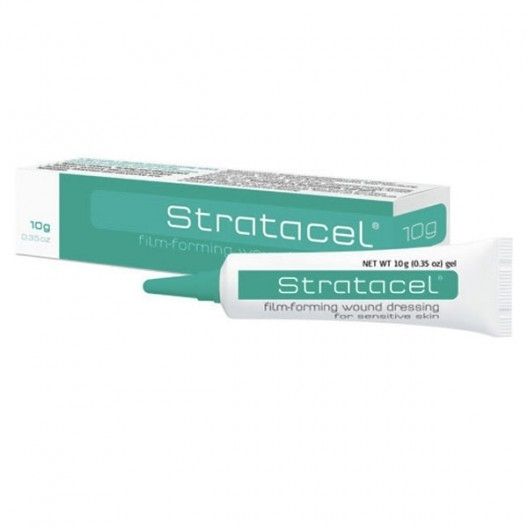Facial Fat Grafting
At around the age of 30, our faces begin to lose significant amounts of fat, resulting in the loss of facial volume, sunken cheeks, wrinkles, and sagging facial tissue. These changes make us lose our youthful appearance, giving us a tired look. When hyaluronic acid and botulinum toxin injections are no longer able to ensure reliable long-term results, the solution is facial fat grafting. The use of autologous patient cells eliminates the risk of allergy or rejection. The procedure is often performed in combination with larger-scale liposuction.
The stem cells grafted from fatty tissues at donor sites help to regenerate the facial skin, halt the aging process, and restore a naturally youthful look. Facial fat grafting surgery improves the skin, making it look fresher and more supple. Fat injections allow us to shape and sculpt the facial contours. Fat may be injected into the cheeks, chin, eye area, and lips.
Facial fat grafting is the right procedure for you if:
- You have sagging facial skin and sunken cheeks;
- Your face has lost its volume;
- Your face is noticeably asymmetric.
What you should know:
- The surgery involves liposuction through a small cannula inserted via small incisions in certain fatty tissue areas of the body, which are then sutured shut. The obtained fat is then processed and implanted in the required areas using the most advanced fat grafting technology in Lithuania.
- Since not all cells survive the transfer, a somewhat larger quantity of them is injected, and patients may accordingly feel increased puffiness of the face in the area of the fat transplant. Those cells, which do not survive the transfer, are gradually eliminated from the body through the lymphatic system over the course of a few months.
PROCEDURE STEPS
1. Consultation with plastic surgeon
During your consultation with a plastic surgeon, they will inspect your face and assess your physical health. The surgeon will also discuss with you all available procedures and answer all procedure-related questions you might have.
2. Preparing for surgery
For best results, it is important that you also take steps to prepare for the surgical procedure. This is why you should consider quitting smoking and consuming alcohol and stop taking certain medicines. The doctor may recommend additional procedures for improving the condition of your facial skin.
3. Surgical procedure
The procedure is performed under general anaesthesia and its duration depends on its scope, usually taking 1 to 2 hours to complete.
4. Outcome and recovery
The amount of time it takes for recovery varies from one patient to another, but it is significantly extended if they smoke. You might need painkillers once the general anaesthesia wears off.
Healing process:
- It is recommended to avoid active physical strain, direct sunlight, and tanning salons for around 3 weeks after the surgery.
- Recovery takes about a week, with the possibility of swelling and bruising in the transplant and donor sites.
- Scarring is barely perceptible and quickly fades.
- The final result should be assessed after 3 to 6 months, but a pleasing result is already visible as soon as the next month.









